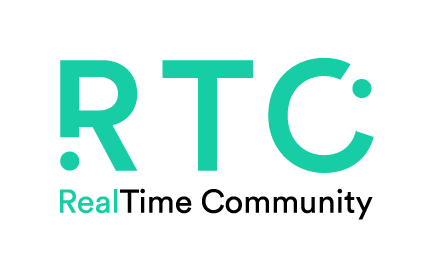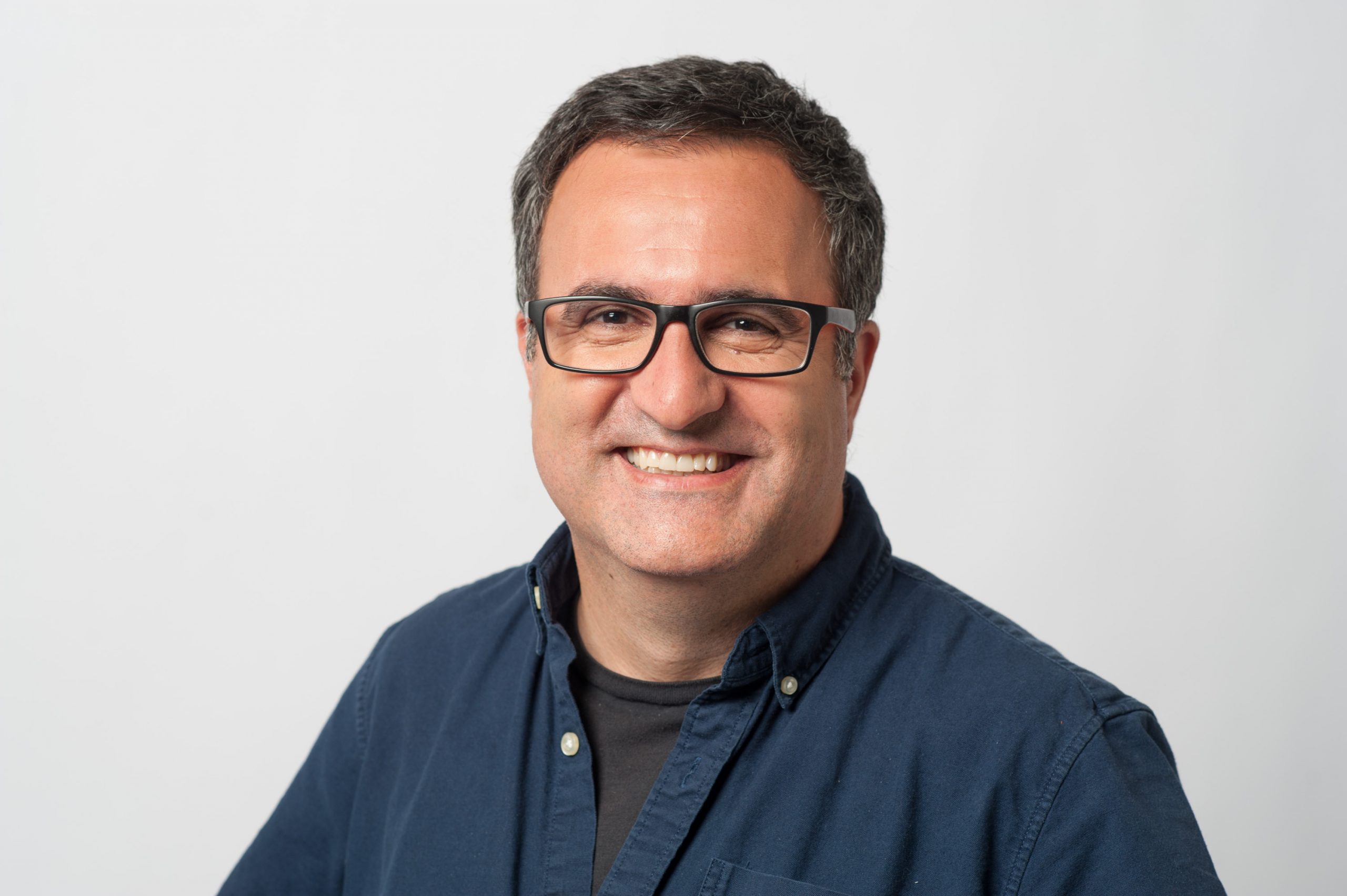
2020 CONFERENCE
Digital Humans
Virtual Teleportation
Shahram Izadi – Director – Google | Co-founder and CTO – perceptiveIO
From the standpoint of the core technology, AR/VR has made massive advances in recent years, from consumer headsets to low-cost and precise head tracking. Arguably however, AR/VR is still a technology in need of the killer app. In this talk, I’ll argue for why the killer app is immersive telepresence, aka virtual teleportation. The concept of virtual teleportation is not new, we’ve all been dreaming about it since the holograms of Star Wars. However, with the advent of consumer AR/VR headsets, it is now tantalisingly close to becoming fact rather than just science fiction. At its core, however, there’s a fundamental machine perception problem still to solve — the digitization of humans in 3D and in real-time. In this talk I’ll cover the work that we have done at Microsoft, perceptiveIO and now Google on this topic. I’ll outline the challenges ahead of us and demonstrate some of the core algorithms and technologies that can get us closer to making virtual teleportation a reality in the future.
Personal Profile
Shahram Izadi – Director – Google | Co-founder and CTO – perceptiveIO
Linkedin
Dr. Shahram Izadi is a director at Google within the AR/VR division. Prior to Google he was CTO and co-founder of perceptiveIO, a Bay-Area startup specializing in real-time computer vision and machine learning techniques for AR/VR. His company was acquired by Alphabet/Google in 2017. Previously he was a partner and research manager at Microsoft Research (both Redmond US and Cambridge UK) for 11 years where he led the interactive 3D technologies (I3D) group. His research focuses on building new sensing technologies and systems for AR/VR. Typically, this meant developing new sensing hardware (depth cameras and imaging sensors) alongside practical computer-vision or machine-learning algorithms and techniques for these technologies. He was at Xerox PARC in 2000-2002, and obtained his PhD from the Mixed Reality Lab at the University of Nottingham, UK, in 2004. In 2009, he was named one of the TR35, an annual list published by MIT Technology Review magazine, naming the world’s top 35 innovators under the age of 35. He has published over 120 research papers (see DBLP & Google Scholar), and more than 120 patents. His work has led to products and projects such as the Microsoft Touch Mouse, Kinect for Windows, Kinect Fusion, and most recently HoloLens and Holoportation.

